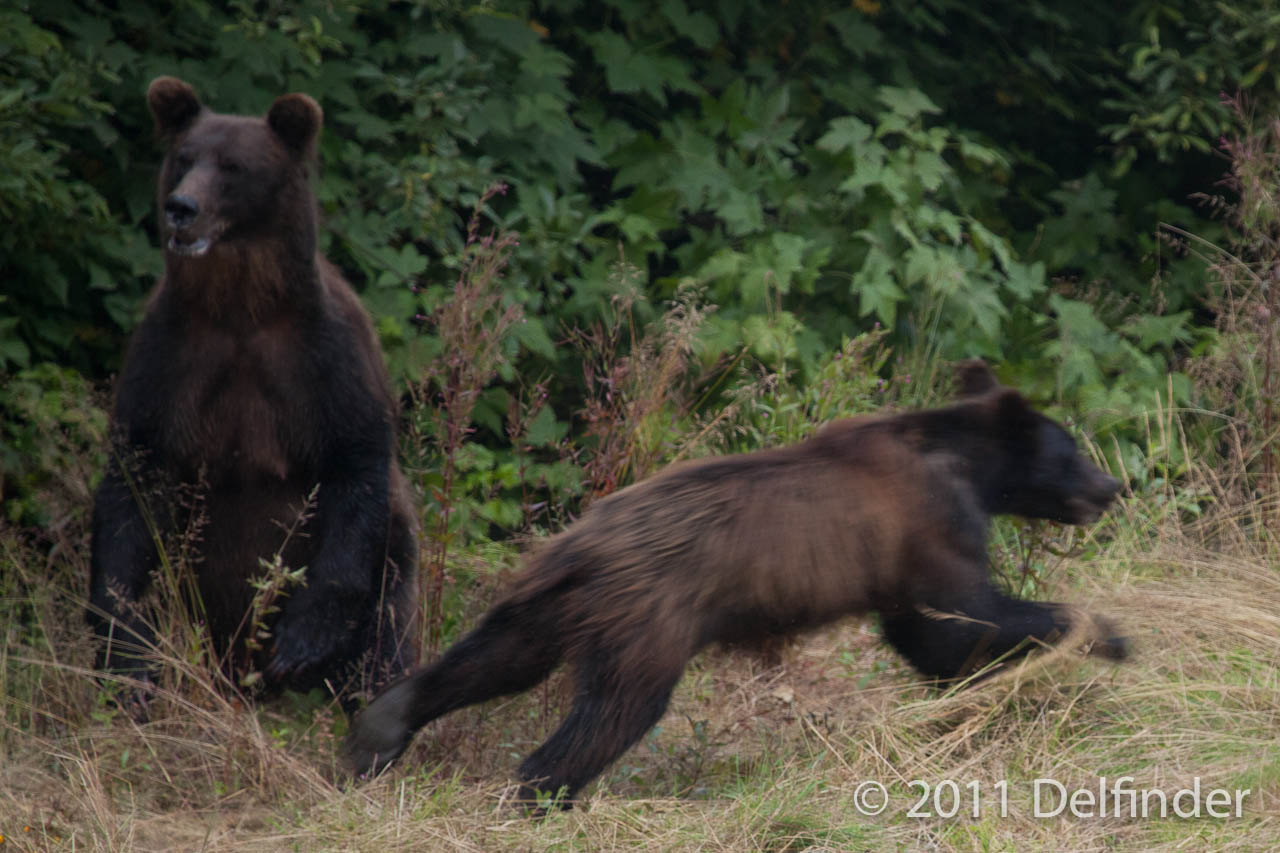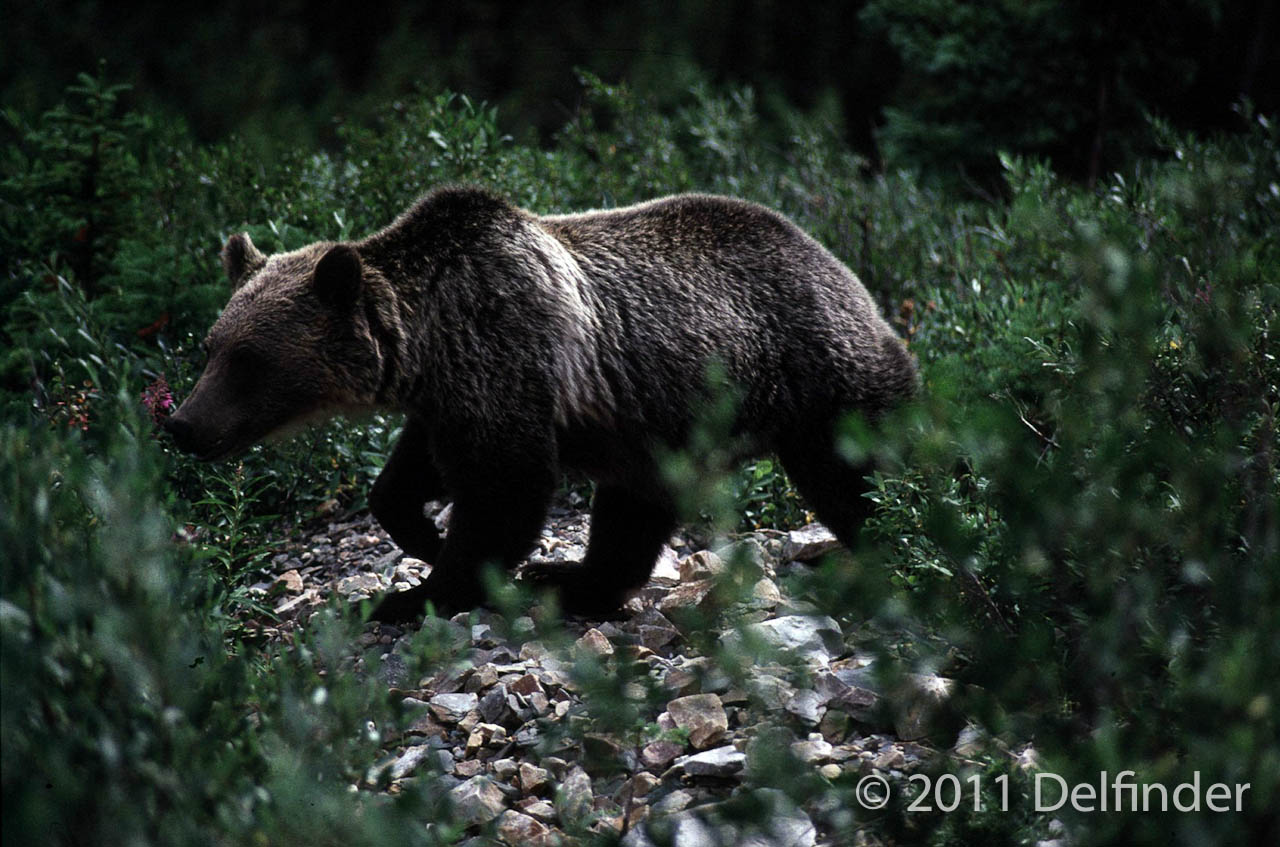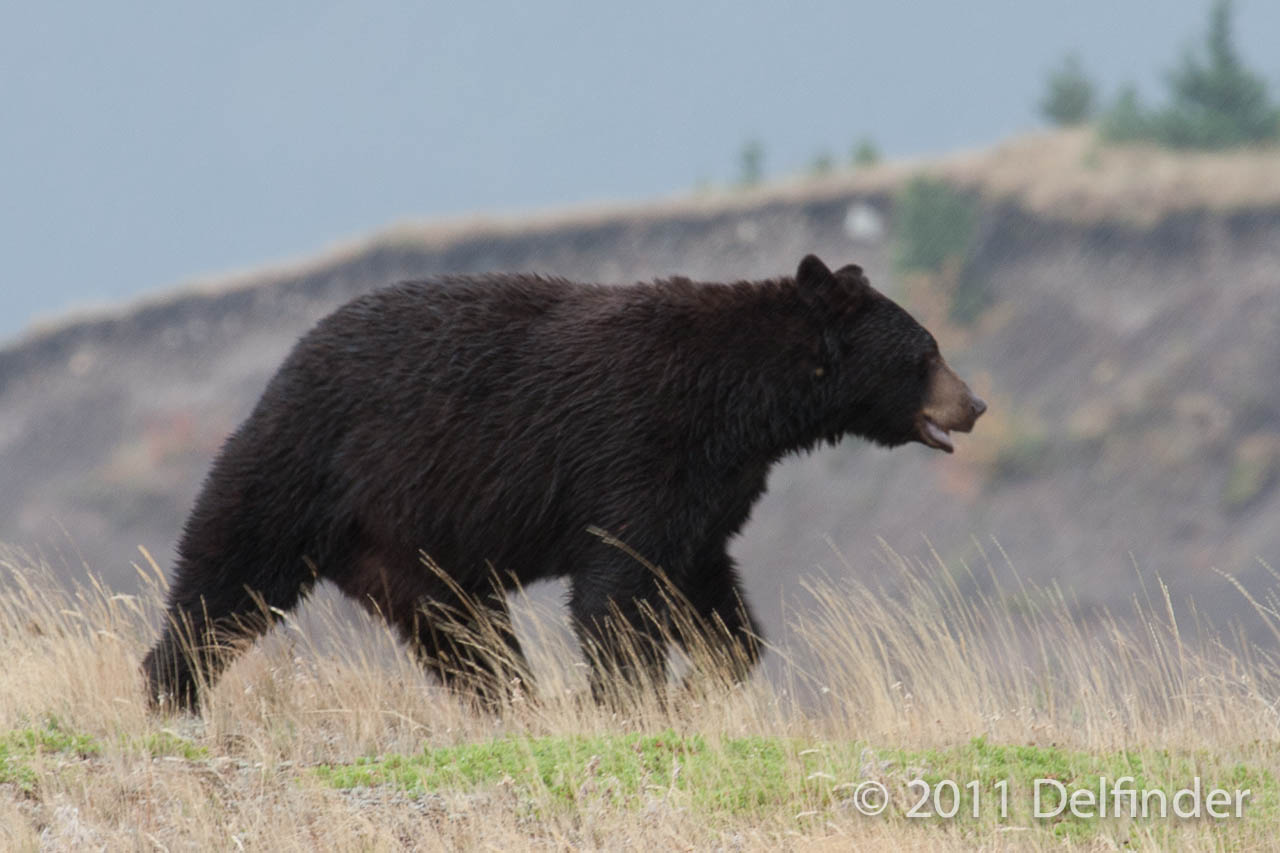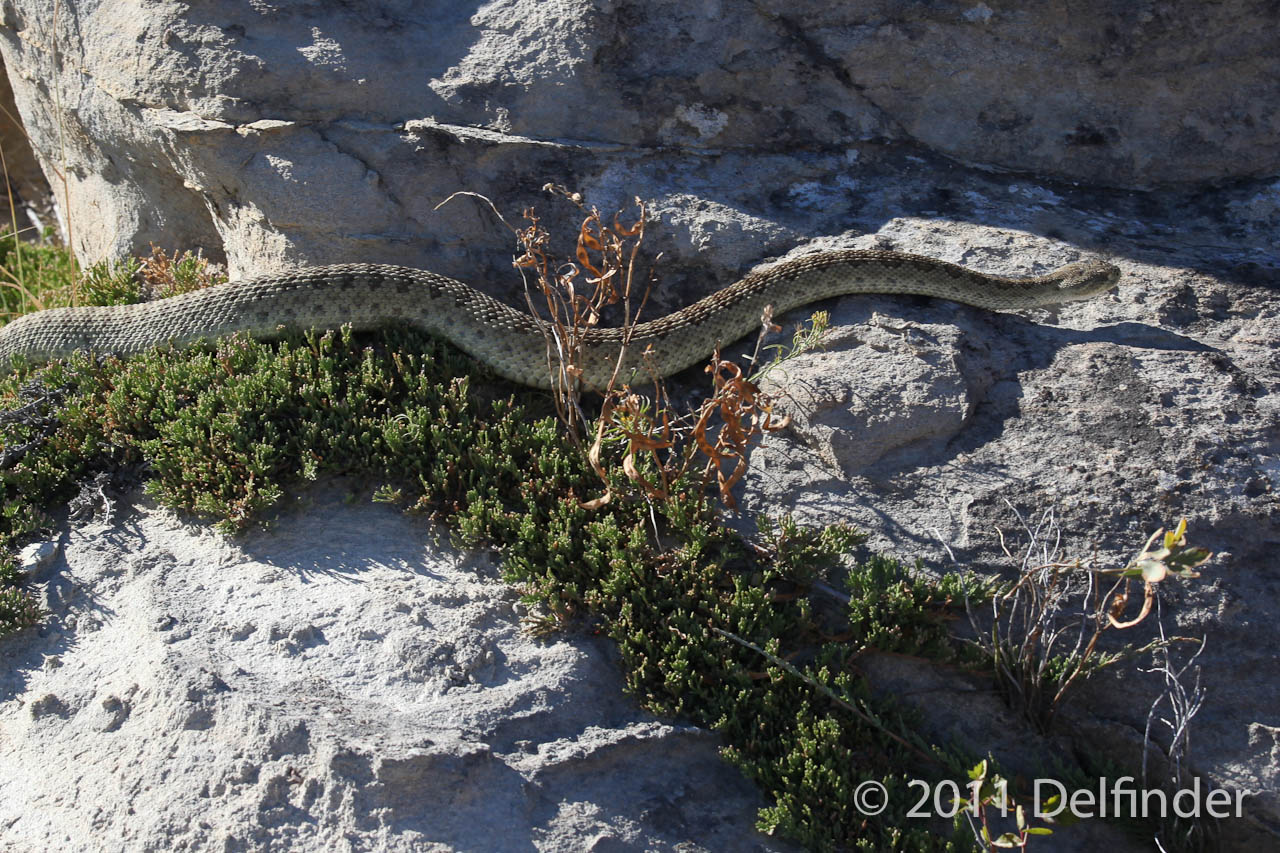
Encountering wildlife can be challenging for people who aren’t used to being outdoors too much. Unlike the zoo, there is no protective fence that protects us from the alleged aggression. As human beings, we experience other everyday threats, such as traffic. We have learned to deal with it and don’t worry about being run over by a car while crossing a street. But how should we react when meeting a bear, or what to do if a snake rattles?
First encounter with a Grizzly

The first time my friend and I saw the young bear it was about 100 meters in front of us on our trail. We started singing shanties (funny what people do sometimes). As we continued walking and singing, the tension increased. We met other hikers who spotted the bear as well and all of them told us that he circled around them.

As I prepared my journey very thoroughly, I also read many books about bears and their behaviour in the wild. I was aware that man has not the least little chance against the strength and speed of a bear. A bear is running, swimming and climbing faster than we can. Anyway, in our case he missed out the snack even with a jam in my back pack. I realized nature is not as incalculable and wild as we civilized citizens sometimes assume.
I experienced something similar when I encountered a rattlesnake. So what is the best way to prepare when planning trips like these? Probably one of the most important things is to make sure you know everything about the animals you can run into and how to behave.
Preparation and Information

There is another important thing: show respect. Respect a safe distance between you and the animals and their habitat. By the way most accidents don’t happen with bears but with these cute deer which can be quite aggressive if you get to close to their fawn. Generally you should follow the official advice to hike in groups of at least three people and don’t allow children to wander off too far.
{gallery}Gallery/Wildtiere{/gallery}
